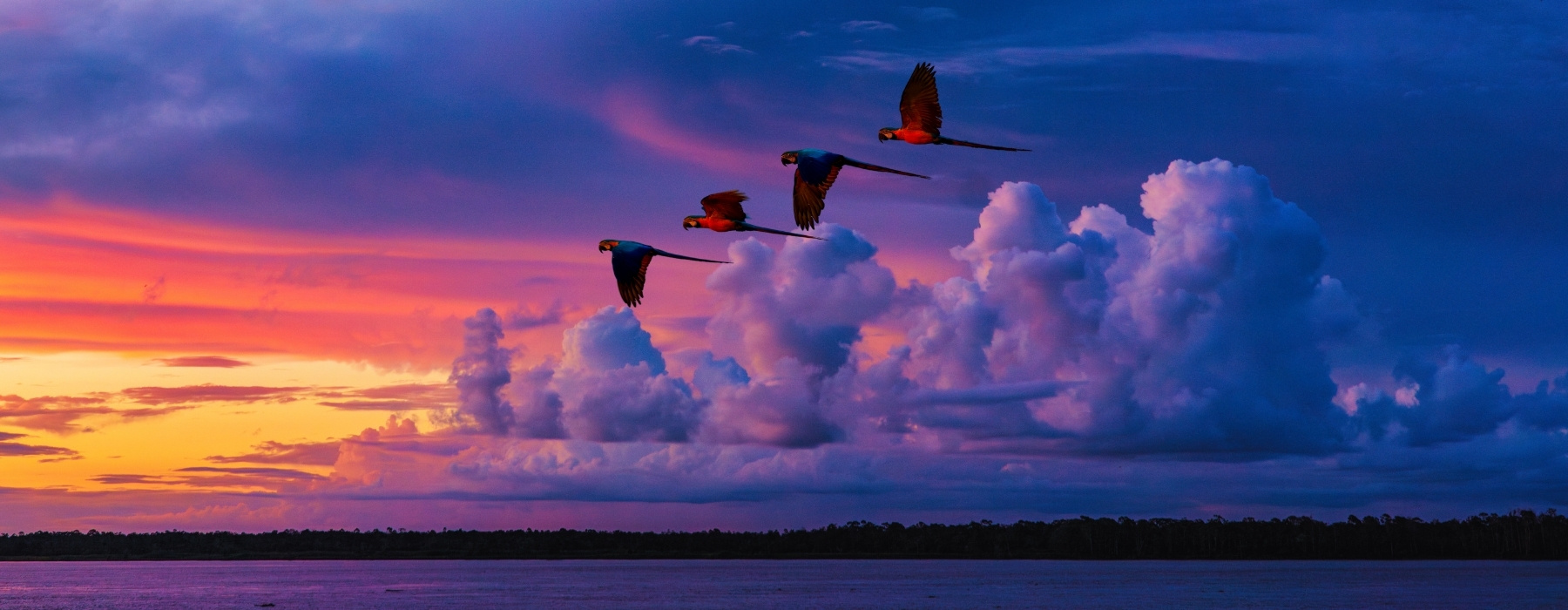
You are probably planning a tour to the Peruvian jungle and you have chosen to go to Iquitos, but before you go you are wondering, when is the best time to visit Iquitos? We have compiled up-to-date information so that you have a very successful vacation, and have the best activities. So that you can capture beautiful sunrises and sunsets. Visiting Iquitos is immersing yourself in a diverse ecosystem where the climate plays a fundamental role in daily activities. Whether exploring its rivers or enjoying its rich local culture, understanding the climate in Iquitos is essential to making the most of your stay.
Iquitos, the capital of the Loreto region in Peru, is known for its unique and fascinating climate. Located in the heart of the Amazon, this city experiences a tropical climate characterized by warm temperatures and high humidity all year round. Average temperatures range between 25°C and 30°C, making it an attractive destination for those looking to escape the cold. During the rainy season, which runs from December to May, Iquitos is transformed by torrential downpours that feed its lush vegetation. This phenomenon not only beautifies the landscape, but also creates a vibrant environment full of wildlife. On the other hand, during the dry season, the days are sunny and the nights cool, offering a completely different experience.
Without a doubt, the best time to visit Iquitos is during the dry season. This time of year will allow you to enjoy outdoor activities without worrying about the weather. You can navigate the majestic Amazon River, observe the diverse fauna and flora in their natural habitat and immerse yourself in the local culture without the inconvenience of a hot and humid climate. In addition, during the dry season, various cultural festivals are celebrated that further enrich your experience. So if you are planning a trip to Iquitos, do not hesitate to choose these months; I assure you that you will live magical and unforgettable moments in this corner of the world.
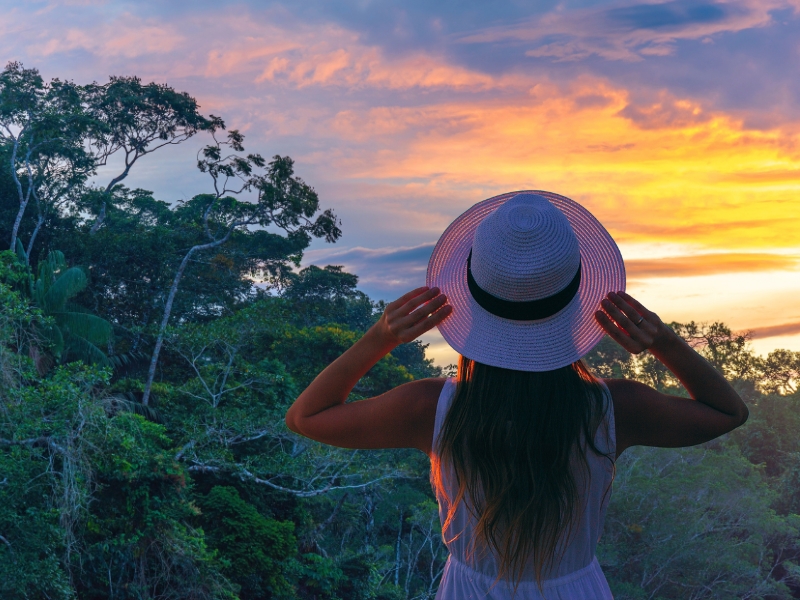
Peru has many riches, one of them being the Amazon, which represents 57.9% of its territory. This is an area of great biodiversity and endemism due, among other reasons, to the variety of ecoregions and its humid tropical climate. The climate of the jungle is closely related; on the one hand, the Amazon stores enormous amounts of carbon and plays a fundamental role in the climatic balance of the region and the planet; and on the other hand, climate change negatively impacts the jungle, just look at the floods and droughts that have occurred in recent years, facts that are affecting not only its biological diversity but also its human settlements.
The climate in Iquitos presents hot summers and cool winters and a fairly dry climate throughout the year. If you are a lover of the sun and heat, from July to September you can enjoy a climate above 30 degrees Celsius (approx. 90 F°). If this climate in Loreto seems a bit extreme to you, then you may want to consider visiting Loreto as a migratory bird, escaping the cold climate where you live for a more temperate one during the months of November through February.
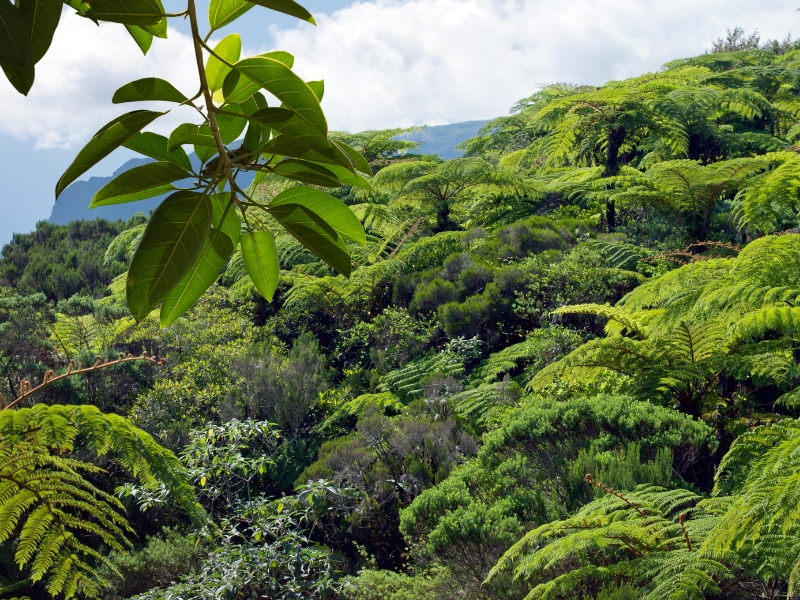
Iquitos has an equatorial climate, meaning it is hot, humid and rainy all year round. However, although there is no dry season, the rains decrease somewhat in the southern winter, from June to September. While July, August and September can be above thirty degrees, the months of December, January and February are considered winter with daily highs slightly above twenty degrees and nights that can drop to as low as 10 degrees.
The city is located in the northeast of Peru, at almost 4 degrees south latitude, on the banks of the Amazon River, and is the main Peruvian city in the Amazon rainforest, as well as the capital of the department of Loreto. Unlike other regions where the climate is governed by two or four seasons per year, depending on the temperature, the Amazon distinguishes its climate according to two seasons marked by the movement of water in its rivers: rising, from November to May, and low, the rest of the year.
The variation in the water level can reach 12 meters, a product of the melting of the Andes Mountains together with its copious rains. During the course of the year, temperatures range between 22 °C and 32 °C and it is not usual to have ambient temperatures below 20 °C.
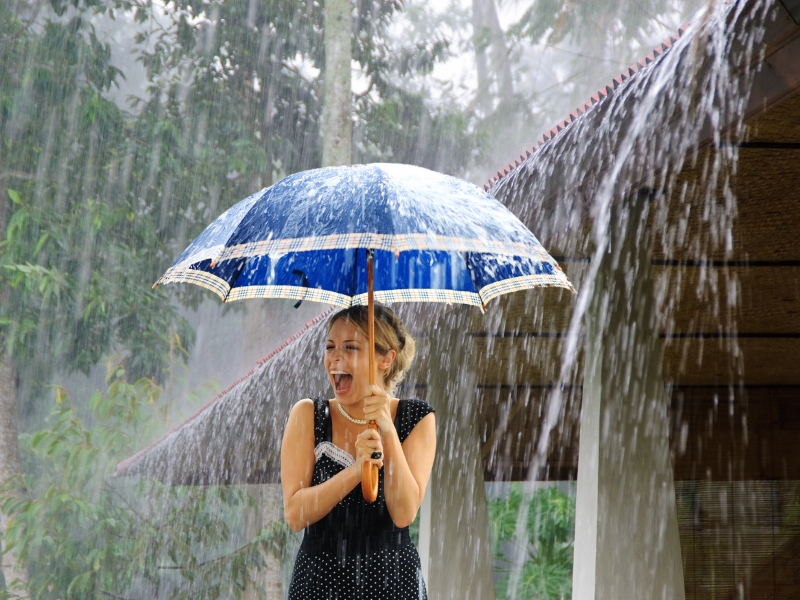
Rainfall doesn’t change much between months, but it is possible to define the wettest season, which is extensive and lasts up to 9 months, from the first two weeks of October to the first week of June, with February and March being the rainiest months.
As with most tropical areas, when storm clouds form they usually occur in the afternoons dropping rain from the afternoon until sunrise. This wet weather often dries out by morning but can last a few days in the wetter season. Wet weather should be expected when deciding what to wear in the Amazon Rainforest.
It is difficult to be precise when defining the rainy seasons in Iquitos. This is because this area of the Peruvian jungle usually receives rainfall very regularly and abundantly, with variations throughout the year.
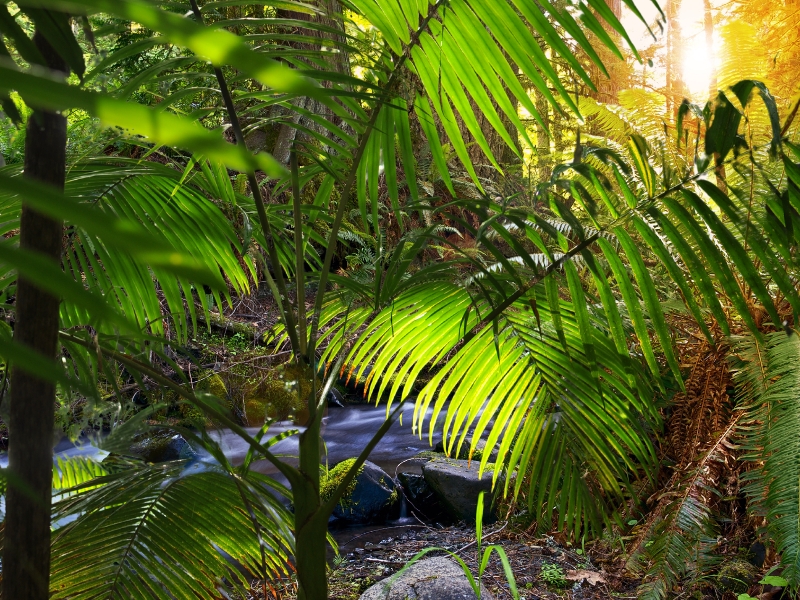
The Loreto region, located in the lowlands of the Peruvian humid tropics, is strongly influenced by tropical atmospheric circulation, determined in turn by the high pressure centers over the Pacific and Atlantic Oceans, the presence of trade winds and their convergence in the so-called Inter Tropical Convergence Zone (ITCZ), as well as frontal disturbances and short-term instability lines that can reach this part in summer or winter.
In Iquitos, summers are characterized by high temperatures and cloudy skies, from late August to late November, with an average temperature of 32C° and temperatures that rarely fall below 22C°. Winters in this part of the jungle are short, although quite warm as well. From late May to late July, an average maximum temperature of 30C° with partly cloudy skies can be perceived in Iquitos. The average lowest temperature is the same throughout the year, so in both summer and winter it rarely falls below 22C°.
Iquitos is usually cloudy for much of the year, although there is a period lasting approximately 3 months in which the city shows its sky and has completely clear days. From mid-May to the end of September it is possible to enjoy Iquitos with a lower percentage of cloudy skies.
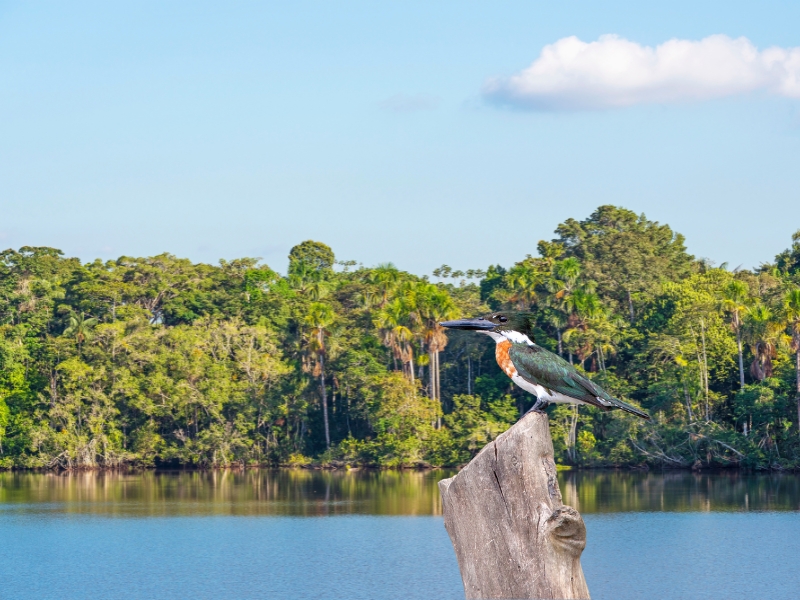
It all depends on your preferences regarding heat and cold. January, February, and March will have average daily highs between 10 and 20 degrees, with little to no rain. April, May, and June see an increase in temperature, with highs above 20 degrees to just above 30 degrees, with some cloudy days heading into June.
July, August, and September will be hot, humid, and rainy, with temperatures staying in the 30s, almost 40 degrees, and lows not exceeding 20 degrees. On the plus side, rain is often a welcome relief from the heat.
October, November, and December are a mixed bag. Although some rain can still be found in October, the weather in Loreto continues to improve from this point on. In October, the temperature that was above 35 degrees begins to drop to an average of 23-25 degrees in December and the minimums reach 10 degrees, which means that from November to March we have some of the best months to plan your trip to Loreto.
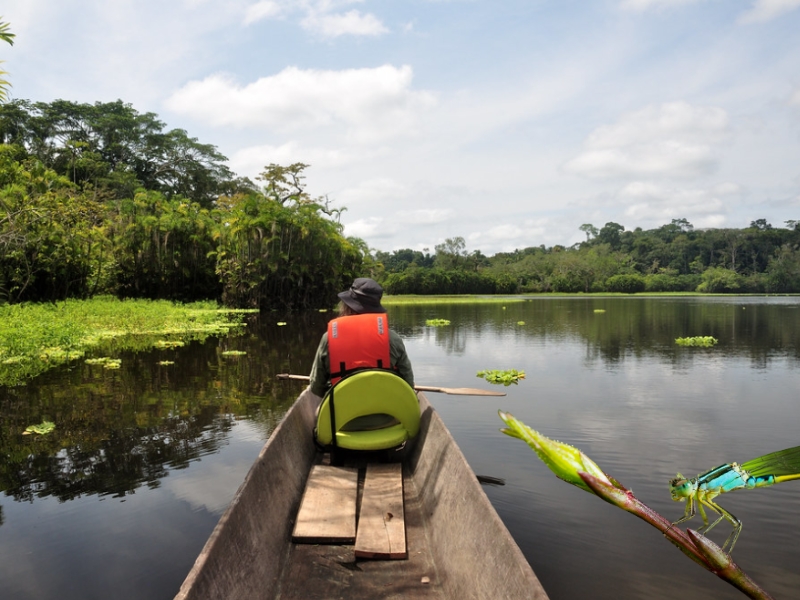
In Iquitos the flood season starts around December and lasts until the end of May. The Amazon River and its tributaries rise progressively, flooding low-lying lands. In May, the Amazon River and its tributaries reach their highest level. This is a unique landscape of flooded rainforest, nicknamed the “Jungle of Mirrors”.
These flood months allow boats to access hidden streams and lakes that are out of reach during the low-water season, making it ideal for going for a swim in the mystical black lagoons. It is also probably the best time to spot the amazing wildlife that Amazon river trips can show you. Pink dolphins, giant river otters, Amazonian manatees, night monkeys, pygmy marmosets, giant river turtles, ocelots, and many other species can be found in or near the rainforest rivers. Birds also put on a dazzling show when the water is at its highest: white herons, toucans, jacamars, and brightly colored macaws abound.
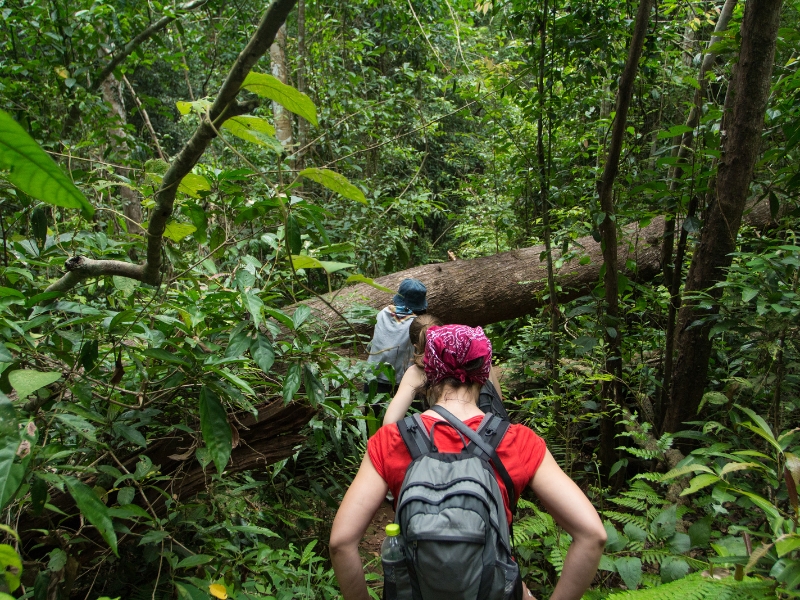
Winter in Iquitos falls between July and November and offers drier weather, sunny days, and pleasantly warm weather, especially in the month of August when rainfall is lowest (but keep in mind that it will still rain every other day on average). It is argued that less rainfall may mean fewer mosquitoes, but you will still need to take precautions at any time of year.
The dry season is when water levels recede and jungle trekking comes into focus, as boats cannot go as far into the rainforest and many of the trails that are usually submerged become accessible, allowing visitors to explore the rainforest on foot. The low water months are ideal for bird watching, as dozens of species of migratory birds are on the wing. Other wildlife will still be flitting through the trees or swimming in the water, although it may not be as apparent as during high water. If you like to fish (or just want to try your luck at piranha fishing), this is the perfect time to cast a line into the water, as the lower water levels serve to concentrate the fish.
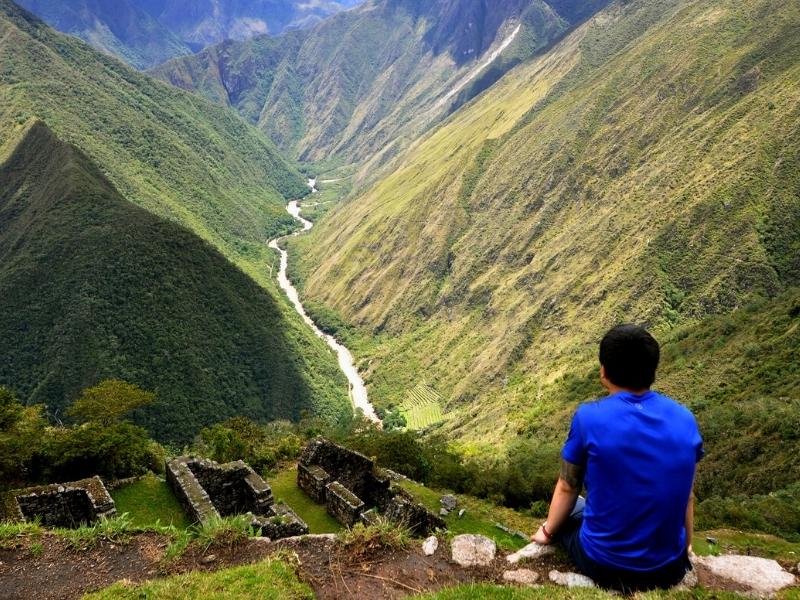
Explore the Manu Amazon Rainforest & Inca Trail hike to Machu Picchu, you will enjoy the best adventures in Peru, exploring amazing inca trail routes and the best amazon wildlife with our local tour guides, in small groups.
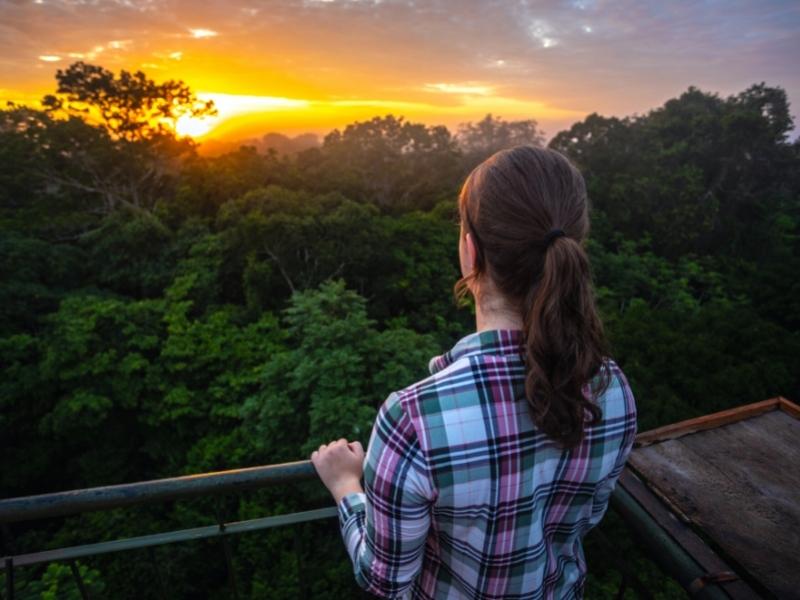
Dive deep into the culture and landscapes of Peru with this adventure to Machu Picchu, the Amazon and more. Search for wildlife along jungle trails and rivers in the rainforest from a comfortable lodge then head up into the Andes to Cusco, the capital of the Inca empire.

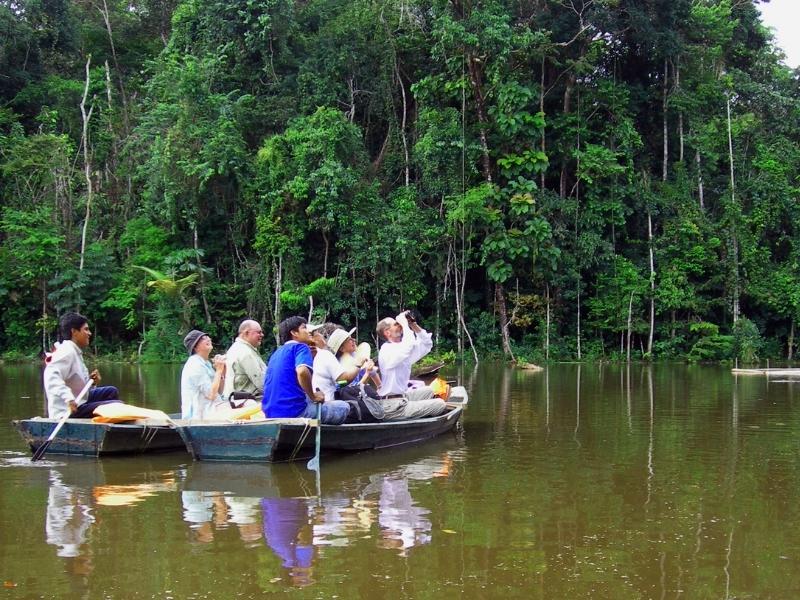
Your journey to the Tambopata National Reserve offers a great opportunity to discover a lively biodiversity of birds, mammals, reptiles, insects and trees. Record-setting numbers of animal species are concentrated within small areas, and the variety of plant life is greater than almost anywhere in the world.

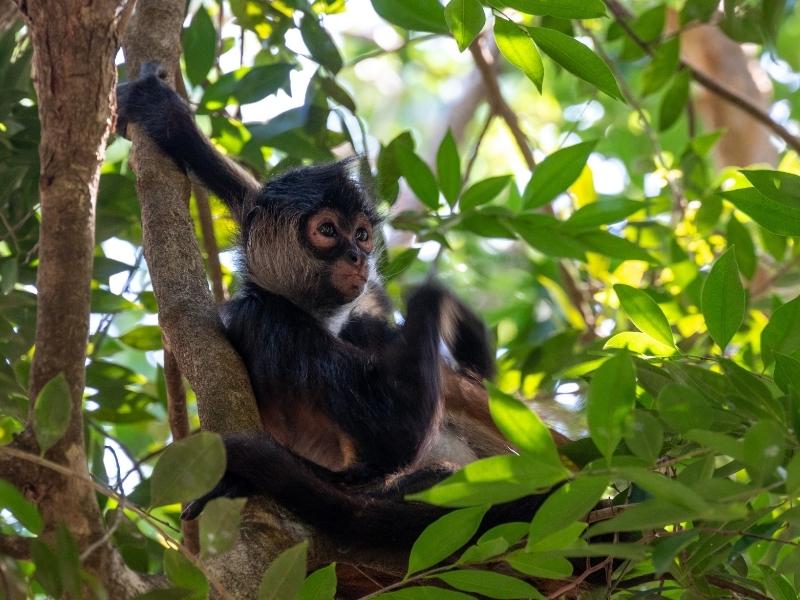
Manu National Park is an excellent way to experience an intense amazon wildlife.Is the biggest Amazon rainforest in the Americas, its incomparable natural wealth, host the greatest amount of flora and fauna of the world.

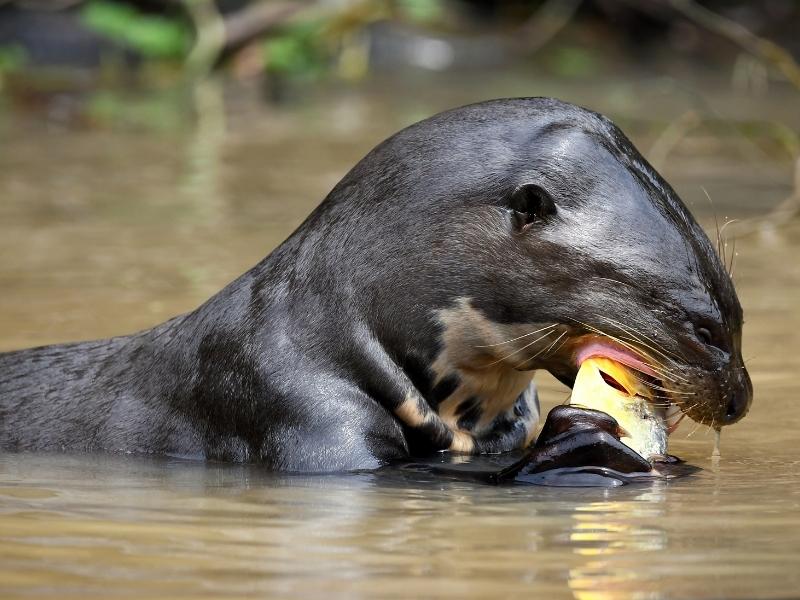
Discover the majestic Amazon rainforest of the Manu National Park. This protected area is in Peru, it is one of the largest ecosystems on the planet, due to its great diversity of birds, insects, plants and mammals.

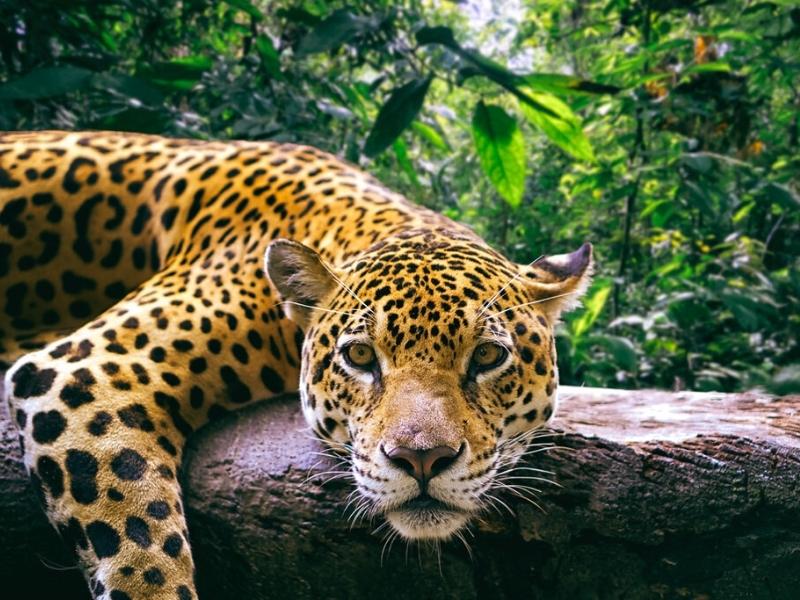
The Manu Jungle tour goes to one of the largest life biosphere reserves in the World. You will enjoy wildlife, traditional villages, with the best specialized guides.
